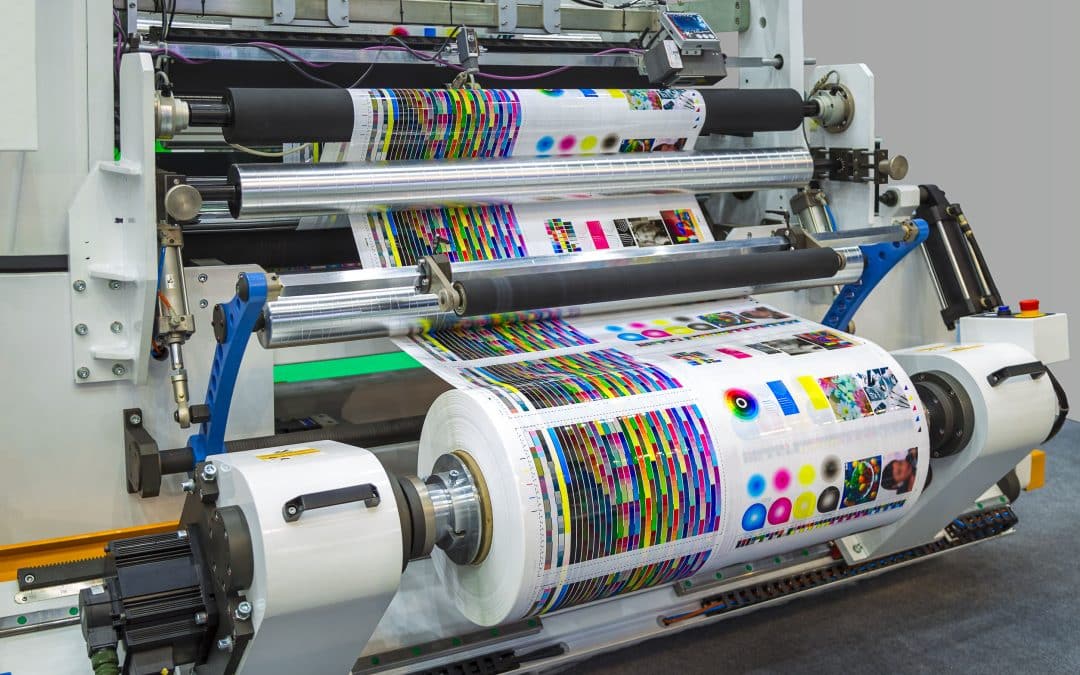In an age dominated by technology, the debate between print and digital advertising continues to spark discussions among marketers. The truth is, neither medium holds the magic ticket to prosperity in 2024. Both have their strengths and weaknesses, and finding the right synergistic balance is the winning strategy. In this blog post, we’ll delve into the merits of print and digital advertising and explore how businesses can strike the perfect equilibrium between the two.
The Power of Print Advertising
First and foremost print advertising is invited into the reader’s home. Either through subscription, a shop or rack pick-up, even by retained mail pieces. Consider your advertising as a ‘plus one’ at a dinner party.
Tangibility and Credibility: Print materials, such magazine ads, catalogues and brochures, offer a tangible experience that digital mediums struggle to replicate. Physical publications exude authority and prestige, strengthening brand image and consumer trust. This can translate into higher loyalty and willingness to pay.
Targeting Niche Audiences: Print publications often cater to specific demographics and interests. Placing ads in niche magazines or local newspapers allows businesses to precisely target their desired audience, ensuring that their message reaches those most likely to convert into customers.
Less Clutter, More Focus: In a world bombarded by digital content, print advertisements stand out by providing a respite from the digital noise. With less clutter to compete against, print ads can capture the audience’s attention more effectively, allowing for a more focused and memorable message.
Brand Storytelling: Print allows for in-depth narratives that digital bits cannot equal. Feature articles, editorials, advertorials can enhance your brand story by association.
The Dynamics of Digital Advertising
Reach and Interactivity: Digital advertising offers unparalleled reach, allowing businesses to connect with a global audience instantly. Additionally, the interactive nature of digital platforms enables engagement through clickable links, videos, and other multimedia elements, providing a dynamic and immersive experience for consumers.
Real-time Analytics: One of the significant advantages of digital advertising is the ability to track and analyze campaign performance in real-time. Marketers can gain insights into user behavior, measure conversion rates, and adjust their strategy on the fly, ensuring a more data-driven and efficient marketing approach.
Cost-Effectiveness and Flexibility: Compared to the production and distribution costs associated with print materials, digital advertising is often more cost-effective. Moreover, digital campaigns offer the flexibility to tweak ad content, targeting parameters, and budgets with ease, providing marketers with greater control over their campaigns.
Striking the Right Balance
Understanding Your Audience: The first step in finding the right balance is understanding your target audience. Analyze their preferences, habits, and the platforms they frequent. A younger demographic may be more responsive to digital ads, while an older audience may still appreciate the authenticity of print materials.
Aligning with Campaign Objectives: Consider the goals of your advertising campaign. If you seek broad reach and immediate feedback, digital advertising may be the primary focus. Alternatively, if building brand trust and credibility is crucial, integrating print materials into the strategy can be beneficial.
Integrated Campaigns: The most successful marketing strategies often involve an integrated approach, combining the strengths of both print and digital advertising. Cross-promotion across various channels ensures a consistent brand message while maximizing the impact on a diverse audience.
Ultimately, the debate between print and digital advertising should not be seen as an “either-or” scenario. The key is finding the right balance that aligns with your business objectives and resonates with your target audience. By leveraging the strengths of both mediums, marketers can create a comprehensive and effective advertising strategy that stands out in today’s competitive landscape.
~ content in part from Ariva papers, keypointintelligence.com and drawdown.org ~

